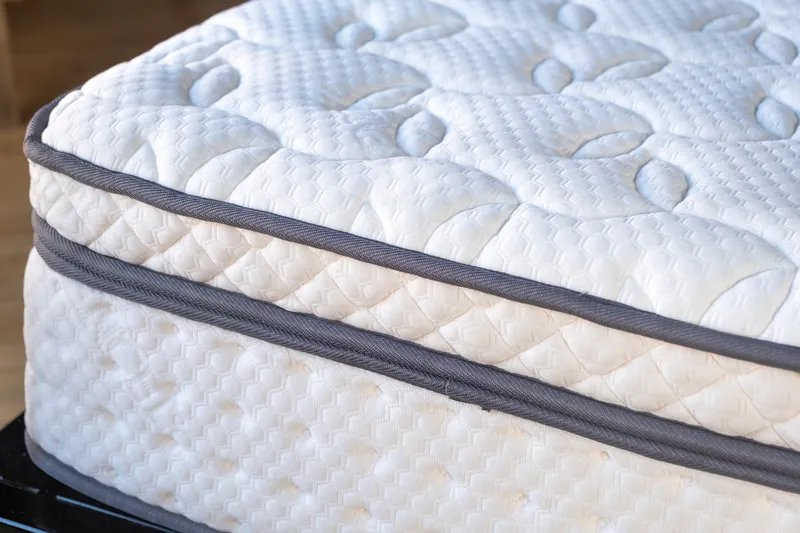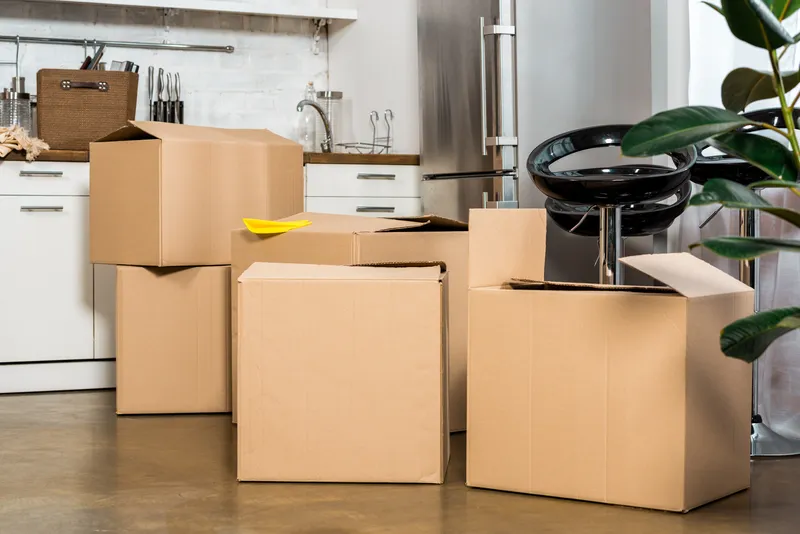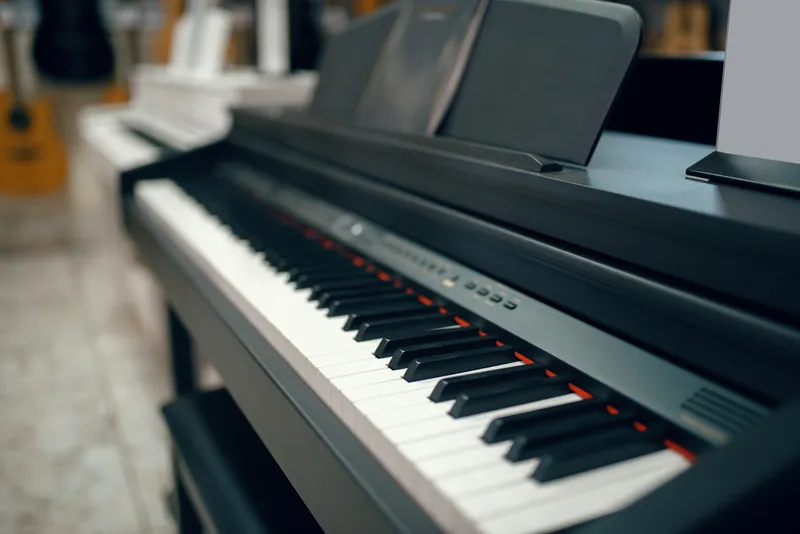The 3,000-Mile Problem: How Sarah Moved Everything That Mattered Without Renting a Truck
One person's journey from impossible moving logistics to a solution that actually worked and saved thousands in the process.
 By Emilia Grey
By Emilia Grey

Small car packed for a long-distance move
The job offer from Portland came with a catch: Sarah had three weeks to get herself and her life from Miami to the Pacific Northwest. The tech startup position offered a 40% salary increase and equity options that could change everything, except for one problem. Everything she owned was supposed to fit into her Honda Civic for a 3,000-mile drive.
Sarah spent the first weekend trying to make the geometry work. She measured the car. She measured her mattress. She stared at her drum kit and wondered if she could disassemble it small enough to somehow wedge around the passenger seat. The math was unforgiving.
That's when she called U-Haul for a quote. The representative was cheerful and efficient. "For Miami to Portland, you're looking at about $2,800 for a 15-foot truck, plus fuel and insurance. Probably around $3,500 total."
Sarah thanked her and hung up. The moving truck would cost more than her first two months of rent in Portland.
The Research Week That Changed Everything
With two weeks left before her planned departure, Sarah dove into research mode. Most people in her situation do one of two things: rent the truck anyway, or sell everything and start over. But Sarah had been broke enough times to know that every possession you replace costs more than you expect. Plus, some things aren't replaceable. Her drum kit wasn't expensive, but she'd inherited it from her uncle and learned to play on those same shells.
The breakthrough came on day three of her research when Sarah stopped thinking about moving as one big shipping problem and started thinking about it as several small ones. Different items needed different solutions. More importantly, they had different values, both financial and emotional.
The Three-Category System
Sarah divided everything she owned into three categories, each with its own shipping strategy:
Category 1: Comfort Anchors
These were items that would cost roughly the same to ship as to replace, but shipping meant she'd have familiar things waiting for her. Her mattress fell here. A decent used queen mattress in Portland would run $300-400, plus the hassle of shopping while dealing with a new job and city. Shipping via uShip cost $450, which Sarah later learned was on the higher end of typical costs but gave her peace of mind with the service level.
Category 2: Bulk Deceivers
These looked like they'd be expensive to ship but weren't. Sarah's winter clothes, books, and kitchen items got repackaged into boxes and shipped ground via FedEx. Six medium boxes cost $380 to ship, less than it would cost to replace even half the contents.
Category 3: Car Companions
The irreplaceables rode with her. Her laptop, important documents, the photo albums her grandmother gave her, and two weeks worth of clothes and toiletries. These filled her car alongside road trip supplies and left just enough space for her to drive comfortably to Portland.

The Drum Set Dilemma
The drum kit was the puzzle piece that didn't fit anywhere. Too bulky for the car, too expensive to ship intact, too meaningful to sell. This is where Sarah learned why shippers price by dimensional weight. A drum set takes up truck space like a refrigerator but weighs like a bag of groceries.
After a few calls, she stopped chasing a business to accept a private delivery and changed the endpoint instead. She packed the shells inside one another, labeled everything, and shipped the kit to a FedEx Hold at Location. FedEx Hold at Location and UPS Access Point both let you ship to a staffed counter or locker for ID pickup, which meant no apartment delivery window and no favors from a store. It worked cleanly and cost less than home delivery options she had priced.
Her mattress could go straight to her new apartment, but the drums needed a flexible endpoint since she wasn’t sure if she'd have the space—or help—to receive them right away.
The Real Numbers: Miami to Portland
- U-Haul 15-foot truck: commonly $2,000–4,000 before fuel and add-ons (Sarah's quote was $3,500 total)
- Sarah’s total with the hybrid method: about $1,350
- Mattress shipping (uShip): $450
- Six boxes ground shipping: $380
- Drum kit shipping: $420
- Hold for pickup fee: $0 (included with carrier locations)
- Gas for 3,000-mile drive: $300
- Hotels: $200
- Savings: $2,150+

The Things They Don't Tell You
The hardest part wasn't logistics. The challenge was decision fatigue. Every item required a choice: ship, drive, or replace? During her research week, Sarah made spreadsheets. She measured boxes. She called shipping companies until she knew their hold music by heart.
But the process taught Sarah something valuable about what she actually needed versus what she thought she needed. Going through every possession with "is this worth the cost to move?" clarified her priorities in ways that normal organizing never had.
Some items fell between categories in surprising ways. Her cheap TV wasn't worth shipping, but her grandmother's cookbook collection was. The decision-making process became as important as the logistics.

The Timeline That Made It Work
Sarah spent her final week executing the plan. She shipped her mattress first, giving it the longest lead time to ensure it arrived before she did. The boxes went out three days later, and the drum kit shipped last since she could pick it up after arriving in Portland.
Two weeks after accepting the job offer, Sarah drove out of Miami with her car packed but not crammed. She'd left space for road trip snacks, her coffee maker for hotel mornings, and a change of clothes for each day of the drive. Her shipped items arrived over the following week exactly as planned: the mattress first, then the boxes, finally the drums. Everything arrived intact.
The total cost was $1,350, compared to the $3,500 truck rental quote. But more importantly, Sarah learned that the conventional wisdom about moving doesn't always apply. You don't need a truck for everything.
The Real Lesson
Moving 3,000 miles doesn't require a moving truck. It requires thinking differently about what moving means. Instead of trying to transport everything the same way, you transport each category of belongings in the most efficient way for that specific category.
Six months later, when her friend Lisa faced a similar Orlando-to-Denver move, Sarah walked her through the same process. Lisa saved even more because she applied the system from the start instead of figuring it out as she went.
The hybrid approach worked because it solved for what Sarah actually needed: her stuff in her new city at a price she could afford. Everything else was logistics.

Planning your budget for life in a new city? Our cost of living calculator can help you understand exactly what your new location will cost before you make the move.
